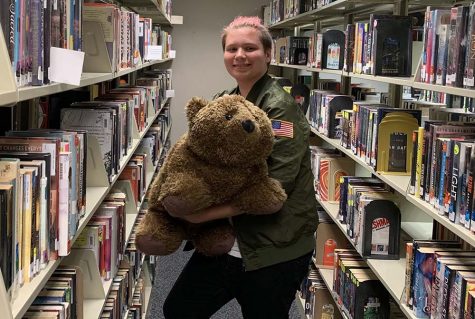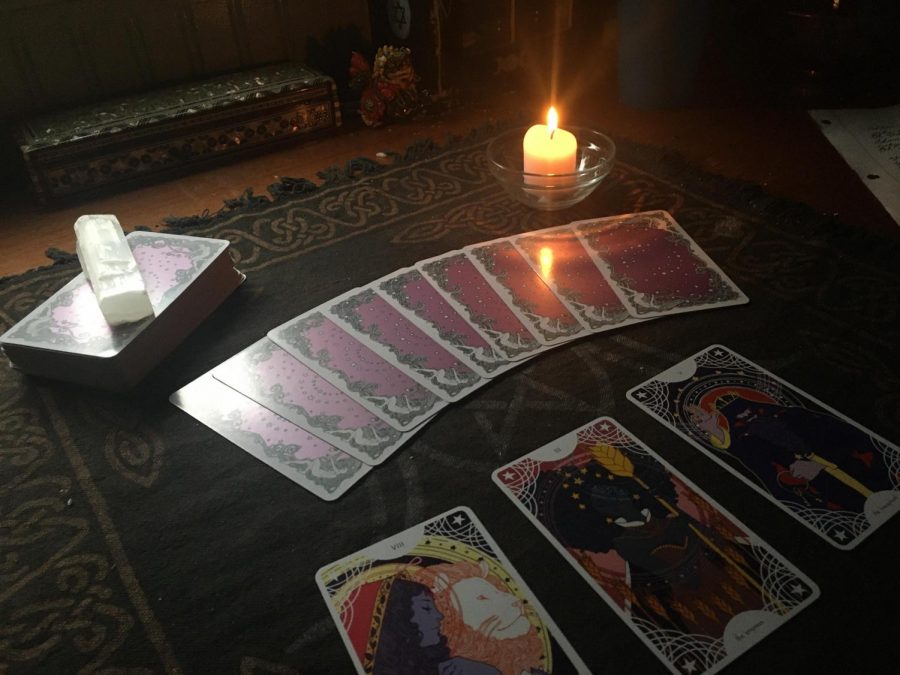Tarot: Background and Reading
If you’ve ever wondered how to read tarot or even what tarot is, this is the article for you. Tarot, if you weren’t aware, (pronounced tare-oh) is a 16th century card game adapted into a divination (fortune telling) practice. The most common interpretation of tarot is that it can tell your future; this notion, however, is false. Tarot isn’t meant to be used to tell the future, but to merely give you a little guidance, help, and perspective on situations in your day to day life.
The most common deck portrayed in the media, and most commonly used, is the “Rider Waite Smith” deck, first published in 1909 by Rider Company publishing. The RWS deck was illustrated by Pamela Coleman Smith, a woman who attended the Pratt institute for art and design, something incredibly notable for the time. After dropping out of art school, she moved to London where she met Arthur Waite, a notable occultist and mystic. She shortly thereafter joined a VERY notable occult order called the Hermetic Order of the Golden Dawn, where she may have been introduced to tarot for the very first time. Having a grasp of the cards, she started to illustrate the tarot with the instruction of Arthur Waite. Finally, in 1908 Waite brought the cards to Rider Company Publishing.
Now, we get into the actual system of how the cards work. There are two main categories that the cards fit into; The Major Arcana and the Minor Arcana, which can be separated into suits/ elements and then into court and non-court cards. Let us start with the Major Arcana. There are 21 Major Arcana cards. Each one is completely different than the last and represents a different thing. Some examples of Major Arcana cards include Death, the Tower, Temperance and The Empress. If you find that you struggle to interpret Major Arcana cards, I recommend going to biddy tarot. Now for the Minor Arcana. We first divide by suit/ element, the four suits are: pentacles (earth), wands (fire), swords (air) and cups (water). We then divide the Minor Arcana further into court and non-court cards. Non-court cards are cards with numbers on them that say “(number) of (suit)” on them, court cards are Page, Night, Queen and King cards.
The important part of tarot isn’t how much you remember, but how well you can interpret imagery. Heck, even I (a tarot reader with over a year’s experience) don’t know the meanings of all the cards; it is a VERY long and VERY arduous process of self quizzing and learning. But once you do learn how to read the tarot, it is an amazing experience, and you understand your day-to- day even just a tiny bit better. However, I will warn you, there are a couple of things you need to know before starting tarot. First, each deck is different and has its own personality; some decks will love to work with you and others will hate you. PLEASE make sure you and your tarot bond well. Second, you don’t necessarily need to get the RWS right away. While I recommend getting a copy at some point in time, there are THOUSANDS of different tarot decks on the market. Choose something that appeals to YOU and you alone.
I hope this VERY short intro to tarot helped whet your appetite, but in case you still hunger for more knowledge of the tarot, I suggest exploring https://www.biddytarot.com/ .

Harvest Fladd is a sophomore. This is their second year writing for The Paw Print. In their spare time Harvest figure skates as well as participates in...



